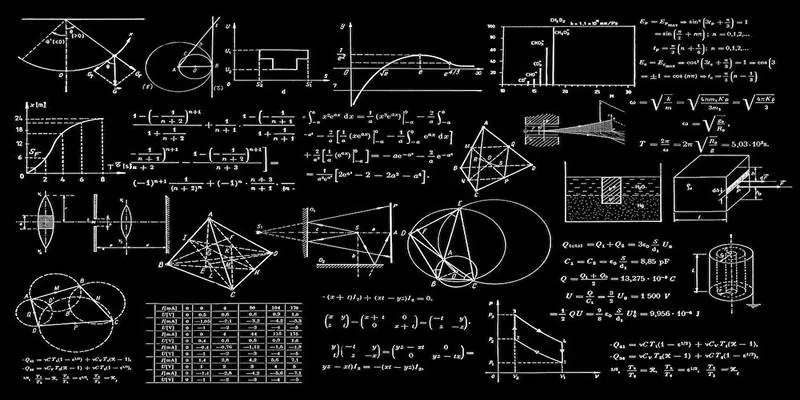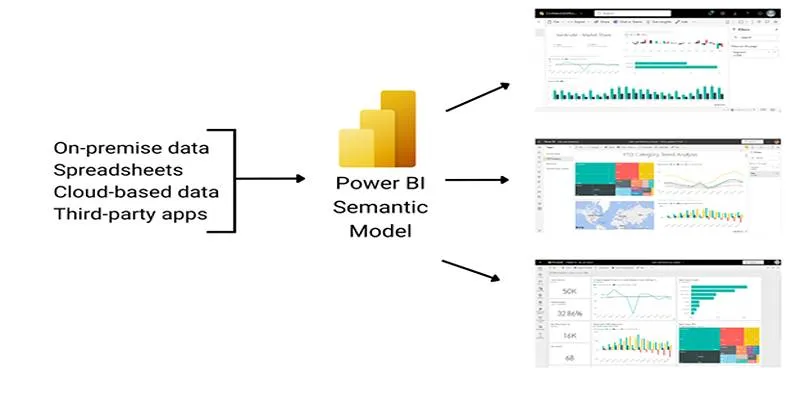Are you interested in understanding Generative Adversarial Networks (GANs) but don’t know where to start? You’re in the right place. GANs are a powerful machine learning framework that leverages generative AI to create images, fill in missing data, produce training data, and design 3D models.
The core components of GANs are the generator and the discriminator, each playing distinct roles: the generator crafts new data, while the discriminator distinguishes between real and artificial data. Popular types of GANs include vanilla GANs, Conditional GANs, and self-attention GANs, among others. Read on to delve deeper into the fascinating world of Generative Adversarial Networks.

Understanding Generative Adversarial Networks
Generative Adversarial Networks are machine learning models wherein two neural networks compete through deep learning and a zero-sum game framework. This setup enhances efficiency and prediction accuracy. The two networks involved are:
- Generator: A convolutional neural network that creates output data.
- Discriminator: A deconvolutional network that identifies artificially generated outputs.
The GAN process involves:
- Noisy input vectors.
- A generator network that transforms these inputs.
- A discriminator network that classifies the data as real or fake.
- Generator loss, serving as a penalty for generating false data.
The generator’s role is to produce fake data, which the discriminator attempts to distinguish from real data. When the discriminator identifies fake data, it penalizes the generator, refining its output over time.

How Do Generative Adversarial Networks Work?
To comprehend the mechanics of a GAN, it’s essential to know its structure:
- Generative: Describes the method of data generation.
- Adversarial: Indicates the competitive setting of the model.
- Networks: Utilizes deep neural networks for tasks such as AI training.
Establishing a GAN involves identifying the desired output, collecting initial datasets, and feeding this data to the generator. The generated samples are then processed by the discriminator to assess their authenticity. The discriminator assigns values, with 1 for real and 0 for fake data, guiding the generator’s refinement process through optimization in a cycle of creation and evaluation.
Types of Generative Adversarial Networks (GANs)
Various types of GANs are designed for specific tasks. Below are some widely used types:
- Vanilla GANs: The simplest form, using gradient descent to optimize equations.
- Conditional GANs: Incorporates additional information for improved data labeling.
- Deep Convolutional GANs: Produces high-resolution images through convolutions.
- Self-Attention GANs: Includes self-attention modules for detailed image generation.
- Cycle GANs: Transforms image styles, such as seasonal changes in scenery.
- Style GANs: Generates high-quality images with customizable features.
- Super Resolution GANs: Enhances image resolution by filling in blurry areas.
- Laplacian Pyramid GANs: Utilizes multiple networks to produce high-quality images.
Applications of Generative Adversarial Networks
GANs have diverse applications across industries, including:
- Generating Images: Efficiently creates or modifies images, enhancing quality or producing new characters for animations.
- Generating Training Data: Produces artificial data for applications like fraud detection.
- Completing Missing Information: Fills in dataset gaps, aiding in fields like geological mapping.
- From 2D to 3D: Converts 2D images to 3D, useful in medical imaging for surgery planning.
Conclusion
Generative Adversarial Networks (GANs) are a collaborative system of a generator and a discriminator. They create and refine outputs through continuous feedback. With various types like vanilla, cycle, and style GANs, these networks are instrumental in generating images, 3D models, training data, and completing datasets.
 zfn9
zfn9























